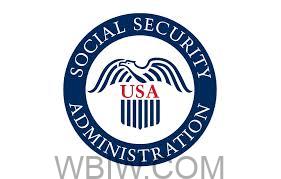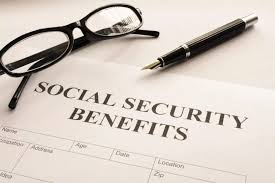
INDIANA— The Social Security Administration recently published a final rule titled “Expand the Definition of a Public Assistance Household.”
This final rule announces one of several updates to Supplemental Security Income (SSI) regulations that will help people receiving and applying for SSI. SSI provides monthly payments to adults and children with a disability or blindness and adults aged 65 and older. These benefits help pay for basic needs like rent, food, clothing, and medicine. People applying for and receiving SSI must meet eligibility requirements, including income and resource limits.

Under the final rule, beginning September 30, 2024, the agency will expand the definition of a public assistance household to include households receiving Supplemental Nutrition Assistance Program (SNAP) payments and households where not all members receive public assistance. The expanded definition will allow more people to qualify for SSI, increase some SSI recipients’ payment amounts, and reduce reporting burdens for individuals living in public assistance households.
The revised rule also changes the definition of a public assistance household when determining who receives public assistance. The new rule defines a public assistance household as one that has both an SSI applicant or recipient and at least one other household member who receives one or more of the listed means-tested public income-maintenance (PIM) payments (any other definition). The previous policy required all household members to receive public assistance. This change benefits SSI recipients living in households where only some members receive public assistance.
“By simplifying our policies and including an additional program geared towards low-income families, such as the SNAP, we are removing significant barriers to accessing SSI. These changes promote greater equity in our programs.”
SNAP is the first PIM benefit added to the agency’s public assistance household definition since it was established in 1980. This change helps ensure the agency’s policies better represent the current landscape of means-tested programs in the United States.
These changes are essential because if an applicant or recipient is determined to be living in a public assistance household, the agency assumes they are not receiving assistance from other household members that would otherwise be counted as income. This will allow more people to qualify for SSI and sometimes receive a higher SSI payment.
This regulation update is one of several that Social Security is publishing to improve the SSI program. The agency recently announced it will exclude food value from SSI benefit calculations. As a nationwide policy, the agency also recently announced it will expand its rental subsidy exception, which is currently only for SSI applicants and recipients residing in seven states.
Social Security continuously examines programmatic policy and approves regulatory and sub-regulatory changes.
For more information on the SSI program, including who is eligible and how to apply, visit Supplemental Security Income (SSI).
To read the final rule, “Expand the Definition of a Public Assistance Household,” visit Federal Register: Expand the Definition of a Public Assistance Household.



